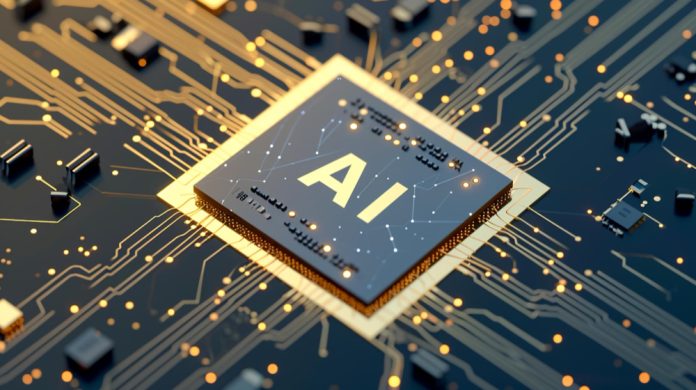Intel (NASDAQ:INTC) unveiled its latest AI chip during the Intel Vision event on Tuesday, directly targeting Nvidia’s (NASDAQ:NVDA) popular H100 AI processor.
The new Gaudi 3 chip from Intel surpasses Nvidia’s H100 in both training and deploying generative AI models, making it a significant competitor in the AI chip market. Intel claims that the Gaudi 3 is 40% more power efficient and 50% faster in inferencing than Nvidia’s H100, which powers AI applications for tech giants like Microsoft and Google.
In comparison to Nvidia’s hardware, Intel asserts that the Gaudi 3 is up to 1.7 times faster in training large language models and 1.3 times faster in inferencing certain language models. Alongside the Gaudi line of chips and Xeon CPUs, Intel is promoting AI PCs equipped with neural processing units for onboard AI tasks.
This move by Intel comes amidst its efforts to reinvent itself as a leader in advanced chip technology while expanding its chip manufacturing capabilities globally. Despite facing financial challenges, including a $7 billion operating loss in 2023, Intel sees the Gaudi 3 as a pivotal step in competing with Nvidia in the AI market.
The announcement of the Gaudi 3 follows Nvidia’s introduction of its own next-generation AI platform called Blackwell, featuring the B200 AI chip. However, Intel emphasizes an open-source approach, positioning its AI systems as an alternative to Nvidia’s offerings, appealing to enterprises wary of relying solely on one source for AI hardware.
Hyperscalers like Microsoft, Google, Amazon, and Meta, which already offer their own AI chips, may find Intel’s Gaudi 3 as a compelling option in the chip market. Additionally, Intel introduced new Ethernet connectivity for Gaudi 3 nodes and Xeon 6 processors for AI systems, further solidifying its position in the AI hardware landscape.
Intel’s strategy includes offering the entire setup as a reference design for partners like Dell, HP, Lenovo, and Super Micro to build their server cabinets. Customers can expect to order Gaudi 3-powered systems in various sizes, from individual nodes to megaclusters capable of filling entire data centers.
Featured Image: Freepik















